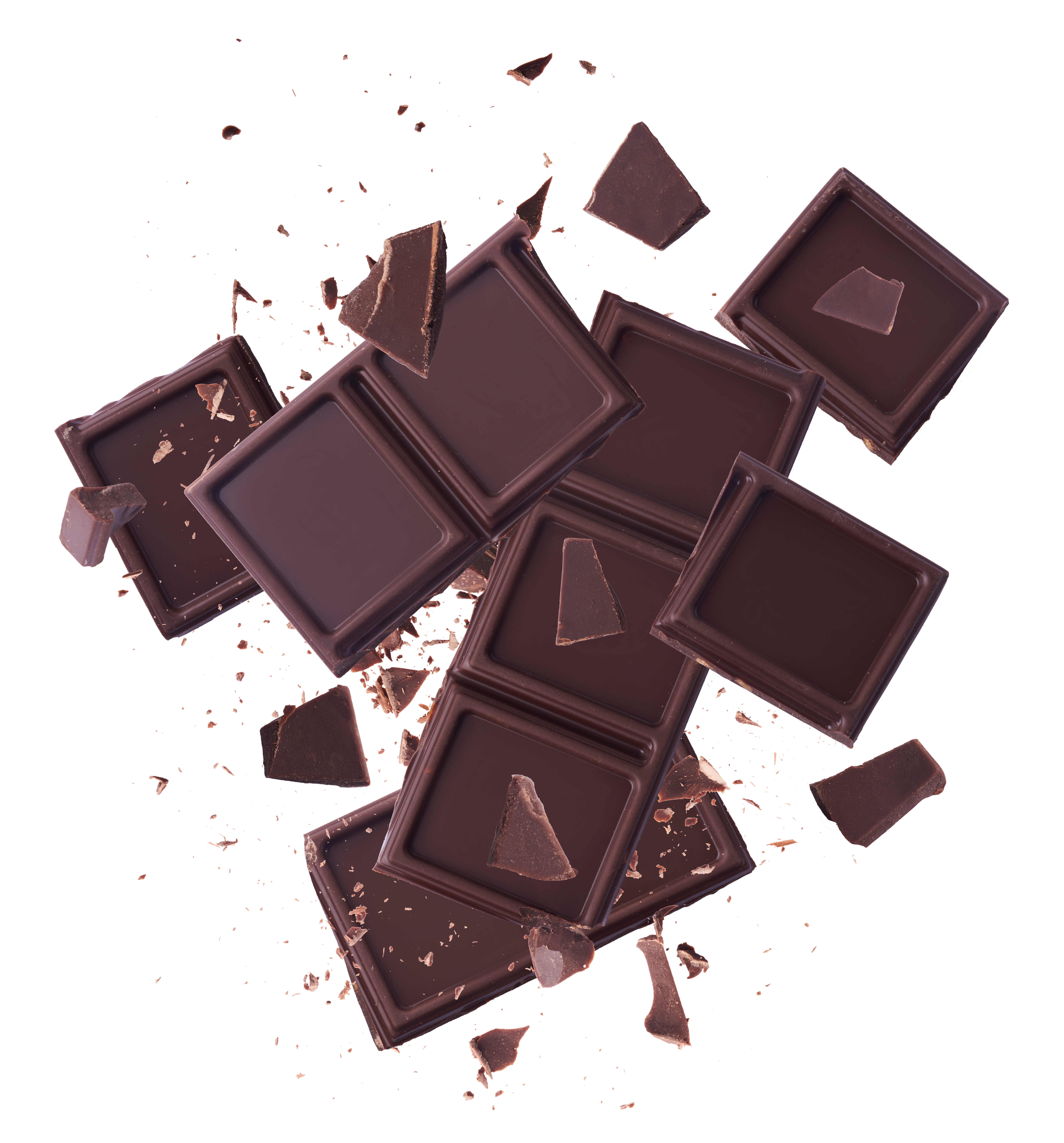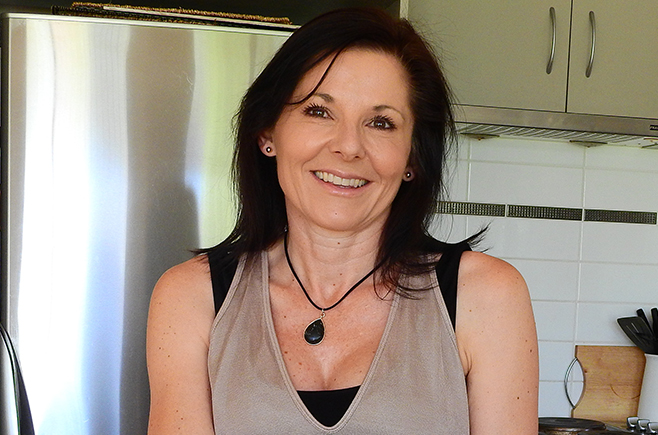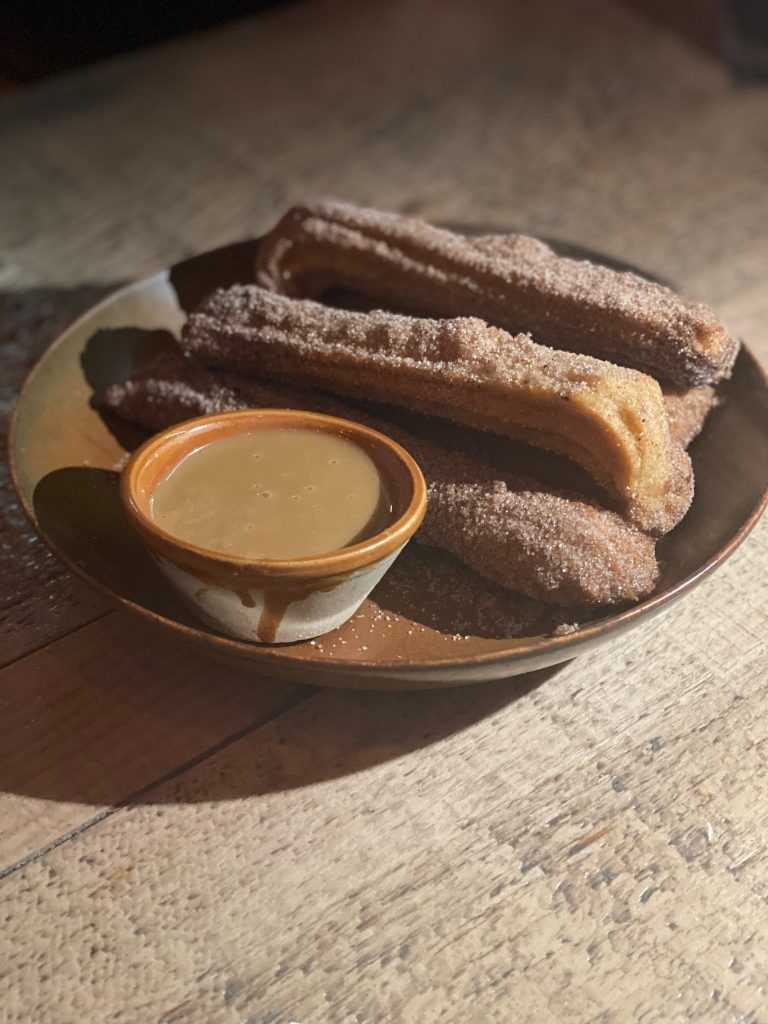Gluten finds its way into the strangest places, chocolate being one of them. We find out what it’s doing there and if it’s all bad news.
* This article contains affiliate links. If you make a purchase after clicking a linking we’ll earn some coffee money *
When first adopting a gluten-free diet there are plenty of obvious gluten sources that need to be eliminated. Bread, pastries, pasta and biscuits are all no-brainers. The challenge lies in identifying wheat and its derivatives in the not so obvious places. Any chocolate lover following a gluten-free diet will no doubt remember the shock of first discovering chocolate isn’t always gluten-free.
Why isn’t chocolate always gluten-free?
There are two explanations for why gluten finds its way into chocolate products. It’s either included in an ingredient that is being added to flavour the chocolate, such as in cookies and cream chocolate bar. Alternatively, it’s being used as a thickener.
“If you use a very good chocolate then there is no gluten in it,” says confectioner Jodie Neilson from New Farm Confectionery in Brisbane. “If you choose a very good, high percentage dark chocolate then there also shouldn’t be any milk solids in it either.”
You should be able to count the ingredients in your chocolate with your fingers, preferably on the one hand. “The main ingredient is cocoa butter,” says Neilson. “If your chocolate doesn’t contain this, or contains other oils then it isn’t couverture chocolate, it’s a much more inferior product.”
Cocoa mass, cocoa butter, sugar, vanilla and soya lecithin are the only ingredients in the chocolate produced by New Farm Confectionery. The milk and white chocolate varieties also include milk solids.
While New Farm Confectionery isn’t a completely gluten-free facility, Neilson notes that they are very careful about cross-contamination. “We avoid cross-contamination by only producing and packaging one product at a time and making sure our cleaning processes are excellent,” she says. “For example, our Rocky Road is not gluten-free as it contains an authentic Turkish delight. When cutting this Turkish delight up, we make sure that the boards and knife that we use are cleaned thoroughly after and the surface area is cleaned and sanitised.”
What about mainstream brands?
While manufacturers from other categories have embraced the growing demand for gluten-free food, our chocolate manufacturers have been slow on the uptake. Cadbury Dairy Milk, once considered gluten-free by ingredient, now carries a “may contain traces” warning.
The Cadbury website in Australia doesn’t provide any information in regards to products containing gluten or possible cross-contamination risks. The only allergen statement on the site is concerning nuts, and in case you’re wondering their entire range of chocolate products may contain traces of them, too!
We checked the labels of numerous Cadbury products before publishing this article. The only product we were able to find that was gluten-free by ingredient and also without a “may contain traces” of gluten and/or wheat warning, were Twirl bars.
** Good news. Since this article was initially published Cadbury have added some more gluten-free (by ingredient) products to their range. Unfortunately, there is still no easy to check list, but at the time of this update (9/4/24) the following were also gluten-free:-
Cadbury Caramilk chocolate block 145g
Cadbury Caramilk chocolate block 180g
Cadbury Caramilk chocolate block 315g
Cadbury Twirl Iced Late bar
Cadbury Twirl Mint bar
Cadbury Twirl Strawberry bar
Cadbury Twirl Honeycombe Sundae bar
Cadbury Twirl Bites
Cadbury Twirl Bites Caramilk
Cadbury Twirl Strawberry Bites
Cadbury Milk Chocolate Deluxe Hazelnuts 190g
Cadbury Milk Chocolate Deluxe Almonds 190g
Cadbury Dairy Milk Marble Bar 52g
Cadbury Flake Caramilk Special Edition
Nestlé manufactures Australia’s oldest and most popular chocolate bar, the Cherry Ripe. While it’s sadly not gluten-free, Nestlé is much more helpful when it comes to navigating their product range and ingredients.
Their website contains an Allergen Centre with handy fact sheets on various food allergies. There’s also an explanation about how and why they label their products the way they do. Best of all, you can download a list of gluten-free products straight from their site. The list states the products featured include “no cereals containing gluten or ingredients derived from cereals containing gluten and are not manufactured on equipment processing products containing these ingredients”.
Before you get too excited, according to the most recent list supplied by Nestlé (dated November 2016), there are only two chocolate products that are gluten-free: ALLEN’S Freckles and Nestlé Scorched Almonds. You can download this list here.
** WOOHOO! Good news. In 2023, Nestlé updated their gluten-free product list. You can download the updated list here. In the seven years since the last list was produced, there’s fortunately been a growth in gluten-free products available including the launch of Allen’s Bites Mini Chocolate Raspberries and Allen’s Bites Mini White Chocolate Raspberries, as well as Allen’s Sourz Party Animals. **
If you don’t mind whipping up your own chocolatey treats – Nestlé can assist with products from their Baker’s Choice range. At the time of printing the cocoa, choc bits and choc melts were gluten-free. Of course, ingredients and production methods do change, so always check the label before purchase.
Speaking of chocolatey treats in 2023 Nestlé launched their professional 1.9kg dessert mixes on Amazon. Available in Aero and Milk Bar flavours, the mixes are gluten-free (nil detected) and enable you to whip up a decadent chocolate dessert in minutes. The tubs are huge (they were originally created for food service) with over 150 serves in each.
What’s raw chocolate?
In the last three years, our tastes have become more adventurous. 10 years ago who had heard of acai, maca or teff? Raw chocolate is another unusual product that has started to appear on supermarket shelves.
The cacao beans used in raw chocolate production are never heated above 42°C. Manufacturers of raw chocolate claim that traditional chocolate production, where beans are heated to over 130°C, affects the nutritional value of the ingredients. They also argue that the heat alters the complex taste and texture of the cacao bean.
As with many of these new “health” products, studies to support these claims are limited. While there is an abundance of research to show the benefits of raw cacao, nothing at present shows that heating cacao negatively impacts on the beans’ antioxidant properties.
While the verdict may still be out on the health benefits of raw chocolate, it is worth noting that most, if not all raw chocolate bars currently for sale in Australia are gluten-free. With less sugar than traditional chocolate and regularly made from certified organic ingredients, they are certainly less processed, and that can only be a good thing.







